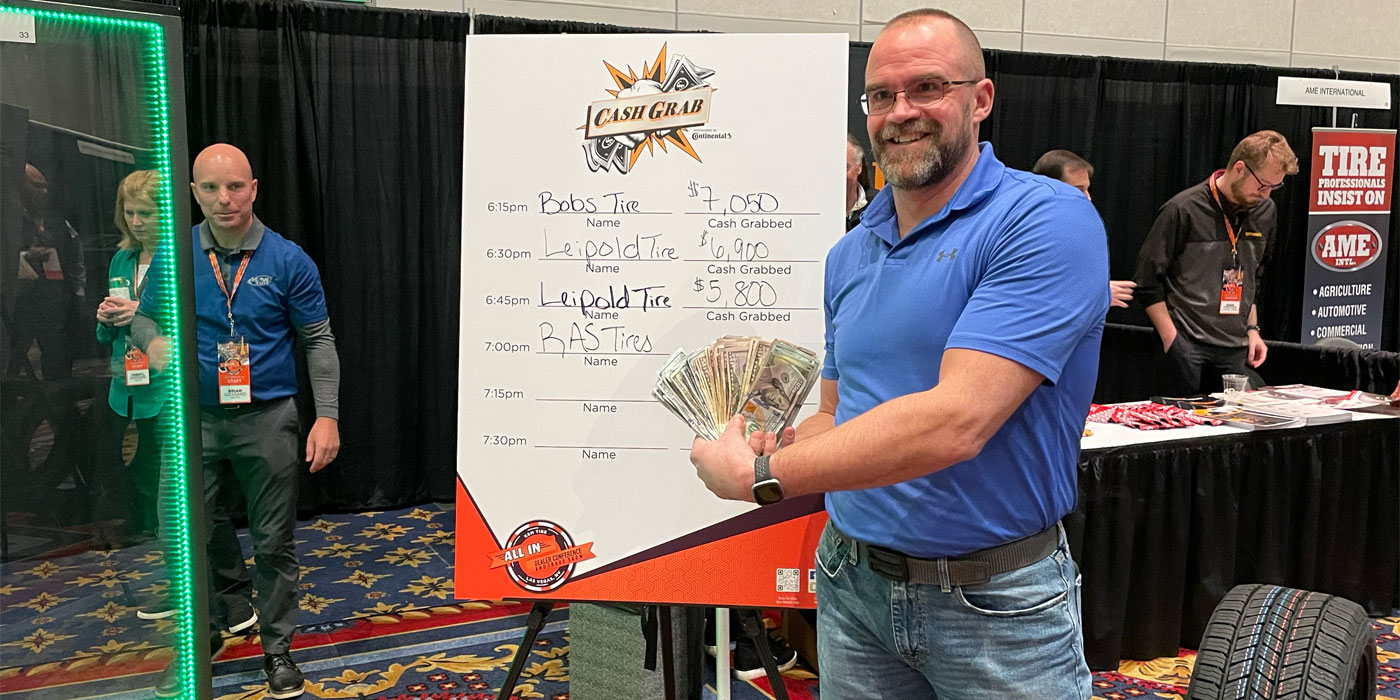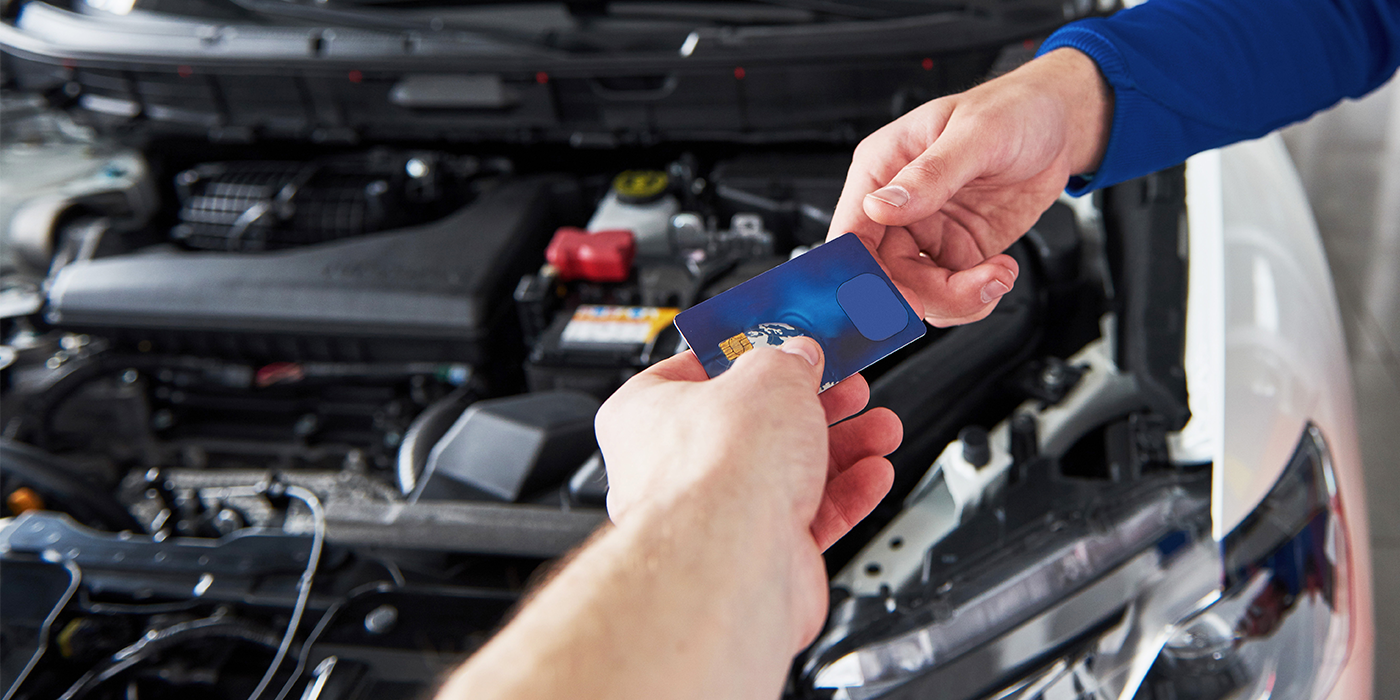Last time, I described six different ways for tire dealers to measure and improve tire profits. Known as key performance indicators (KPIs), these benchmarks provide a way to measure the performance of your business. KPIs are important because you can’t manage what you don’t measure.
Even though many dealers agree with this business concept, most still don’t measure their businesses daily. Sure, you can fix problems by analyzing profit-and-loss statements, but you will be about 60 days too late! P&L statements are historical documents, and by the time you recognize a problem, you will have already lost 60 days of potential profits. Why wait that long? It could put you out of business!
Measuring KPIs weekly is the best way to fix problems before they cost you money. Picking up where we left off, here are five more KPIs for you to keep an eye on:
Seven: Tire Tech Labor
A very important financial KPI is the cost of tire tech labor as a percentage of retail tire sales. The calculation of this KPI must include all employee benefits, uniforms and training. It usually averages about 5% to 7% of tire sales, compared to a service technician goal of 20% of service sales.
Because they often don’t calculate this KPI, many independents don’t see the financial opportunity in selling tires. A general service tech makes the financial model work for both tires and service.
Eight: Spiffs
Incentive programs for salespeople to sell ‘go-to’ tires can be critical to achieving your ideal tire-profit model. Spiffs can create focus; however, you can’t expect what you can’t inspect. Creating accountability goals on the go-to tires will help focus salespeople who are not particularly motivated by money.
If base pay is too high, salespeople may become too comfortable. Then, spiffs don’t work. When setting minimum goals, give your salespeople a number they can hit, and then move it as seasonality volume increases or as that number becomes easier to hit.
If you set goals too high, salespeople may feel they are impossible, and they won’t even try. Setting up a spiff that only the best can win will de-motivate the learners.
Nine: Product Screen
Also worth mentioning is the value of an established product screen. All retail tire dealers should work on this as the basis of their tire businesses. Once established, it promotes greater profitability and better inventory control. It also allows you to focus on what you sell the tire for, not what you pay for it.
Beating a supplier for an extra buck on a tire is a waste of time. Many times, dealers will just pass that extra buck directly on to the consumer. However, retail dealers can make much more money if they focus instead on product screen and maximizing retail sales price.
Ten: Add-on Balancing Sales
Add-on balancing sales can increase profits on new-tire sales and free rotation visits. Ask customers who are buying fewer than four tires if they would like to have the others balanced. Remind them that rotating tires will help them last longer and result in a better ride.
Get the balancer spinning more frequently on free rotation visits, too. I have seen a few smart tire dealers offer free balance checks with the customer’s authorization. Even asking for pre-authorization of a $49.95 four-wheel balance is easy when you assume the sale on the vehicle drop.
The goal for this KPI is 75% of service car count. I am also a believer in road-force balancing to handle more difficult tires. The profit is good but, more importantly, offering this service makes you a stronger competitor.
Eleven: Add-on Alignment Sales
Add-on alignment sales, measured as a percentage of tire unit sales, should be 25%. Alignments themselves are not huge profit boosters when you consider a technician’s tax and benefit load. Plus, tire dealers have to compete with mass merchants that offer this service as a low-price item to increase car count.
Still, we all know the real money can be made under the car. Focus on the average repair order (ARO). Look for an ARO of $250 to ensure the technician is not just setting the toe.
Stay tuned to this article series for many more KPIs that will help improve your tire profits.
Chris “Chubby” Frederick is the president of ATI, a consulting company that serves the tire and service industries.













